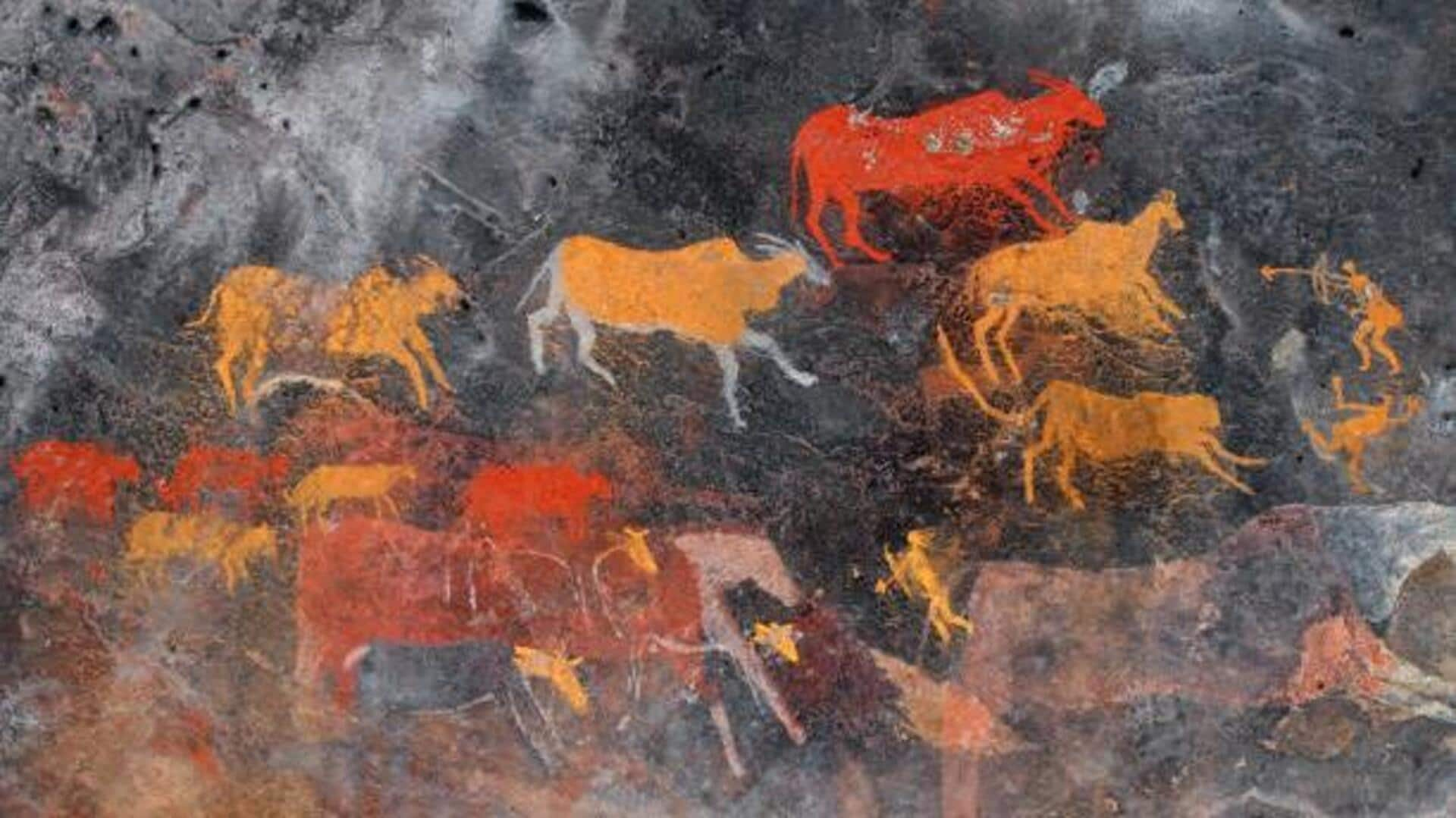
All about stone painting
What's the story
African stone painting traditions are a vibrant expression of cultural heritage, capturing the essence of nature through vivid colors and intricate designs. These artworks, often found in caves and on rocks, provide insights into the lives and beliefs of ancient communities. The use of natural pigments derived from minerals and plants showcases a deep connection with the environment. Let's explore various aspects of these fascinating traditions.
#1
Natural pigments in stone art
African stone paintings employ natural pigments from minerals such as ochre, charcoal, and clay. These are ground to powder and mixed with water or animal fat to form paint. The pigment used depends on its availability in the region, which gives the paintings a diverse palette reflective of local landscapes. This technique ensures that the colors remain bright for centuries, preserving history for posterity.
#2
Symbolism in designs
The designs seen in African stone paintings are often symbolic of community life, spirituality, and nature. Common motifs are animals, human figures, geometric patterns, and celestial bodies. Each symbol has a specific meaning in the culture it represents. For example, animals may symbolize strength or fertility, while geometric patterns may represent harmony or balance within the community.
#3
Techniques used by artists
Artists use different techniques to paint on stones. A common way is to use brushes made from plant fibers or animal hair to get finer details. Or, fingers or sticks can be used for broader strokes or dot patterns. Surface preparation is important; stones are cleaned thoroughly before painting starts, so that the pigments adhere over time and don't fade away quickly due to environmental factors.
#4
Preservation efforts today
Now more than ever, preserving ancient African stone artworks is essential, with climate change threats such as erosion from increased rainfall. This entails the joint efforts of local communities and international organizations focused on cultural heritage conservation. Prompt action is necessary to avoid irreversible damage and protect these historical pieces for generations to come.